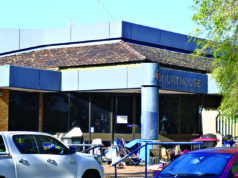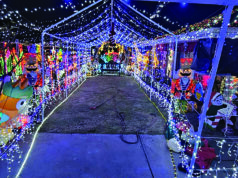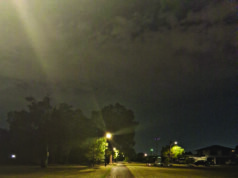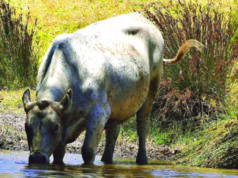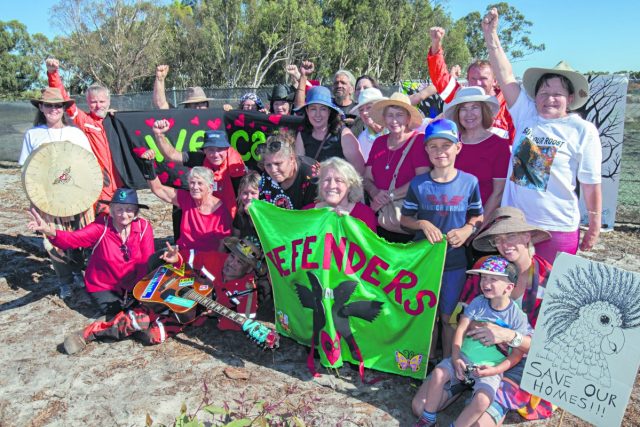
Environmental activists have been left distraught after the decimation of Kenwick’s black cockatoo population, but have vowed to continue the fight.
During the 2018 Great Cocky Count, 334 roosting red-tailed and white-tailed black cockatoos, or kaaraks, were counted at the site by members of Save the Brixton Wetlands, WA Museum staff and consultants on behalf of the developers of the Maddington Kenwick Strategic Employment Area (MKSEA).
This year volunteers counted 21 birds, meaning if the numbers are to be believed, more than 90 per cent of the roosting birds in the Edward Street site have been lost.
Local residents, environmental activists, scientists and Aboriginal elders have decried the loss of the native habitat, having been present at almost every council meeting over the past year to share their view.
Save the Great Brixton Wetlands organiser Paddy Cullen said the work to develop the MKSEA has stripped away native flora and fauna and said the proof is now obvious.
“Once the fourth largest roost in the Peel-Perth region, 117 trees were removed in and around the roost of this threatened species last year as part of the creation of drainage sumps for an industrial estate,” he said.
“The devastation is shocking. We hope the government departments, who are supposed to protect the environment, and the City of Gosnells, will wake up to how special this place is and what industry will do to this area.
“This area should be world heritage regional parkland, used to showcase Noongar culture and WA’s incredible biodiversity, not bulldozed down into the dust.”
Mr Cullen and the group, along with experts such as the University of WA’s Hans Lambers, have petitioned the Department of Environment and the Environmental Protection Authority to step in.

City of Gosnells chief executive Ian Cowie said there was no connection between the land clearing and the dramatic decrease in bird numbers in the same location, but that, as birds, the cockatoos were “highly transient”.
“In terms of numbers, Forest red-tailed black cockatoos are highly transient,” he said.
“The birds are known to move from site to site according to the food sources available, which vary from season to season, and year to year.
“This means that a count in one location on a particular night provides only a small slice of the complete picture – which is why the Great Cocky Count incorporates multiple locations across the state.”
However, the Department of Environment and Energy has previously detailed how roosting red-tailed and white-tailed black cockatoos nest in the same trees annually.


